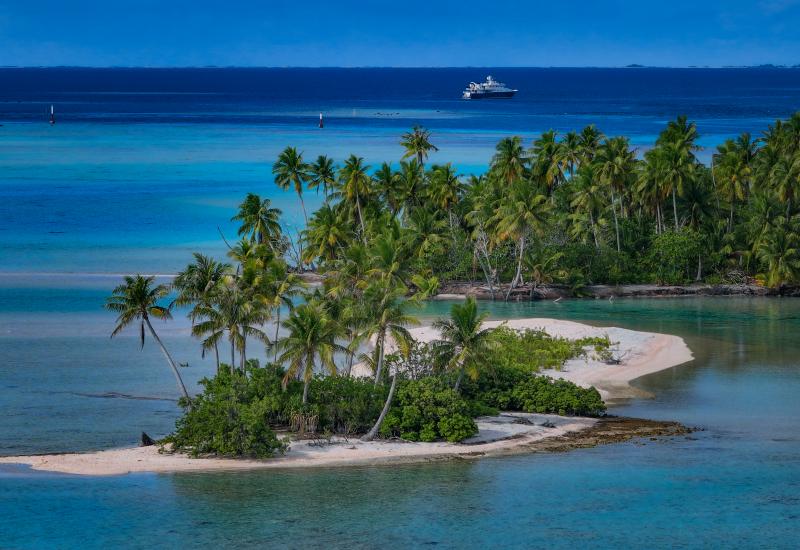Where to Go Scuba Diving in Utah

Jennifer IdolCovered by a plastic enclosure, White Rocks Bay is an entry point for diving the hot springs of Bonneville Seabase.
Outdoorsy types will likely know this expansive Western state for its five national parks featuring vast sandstone landscapes, the Bonneville Salt Flats and the Wasatch Range. And it is indeed a land with unusual geographic diversity. The Great Salt Lake is an impressive remnant of modern geological times from when Lake Bonneville covered northwestern Utah entirely. Although this massive lake is not a dive location, six prominent sites are found throughout the Beehive State.
All diving is at elevation and requires altitude consideration, with the lowest site at 3,000 feet in Sand Hollow State Park. Salt Lake City is a good jumping-off point for diving Homestead Crater, Blue Lake and Bonneville Seabase. These sites are warmed by geothermal wells and springs, and are year-round mainstays of Utah diving best visited during winter. Homestead Crater is famous for offering skiing along with scuba diving, and is the most popular and expensive site.
Bear Lake, on the Utah-Idaho border, is also within reach from Salt Lake City. Water temps here reach the low 60s, making it a summer location that is less visited than the other sites. Calcium carbonate found in the limestone gives this natural lake a turquoise-blue color. Cisco Beach, on the eastern side of Bear Lake, is the most popular dive site for its steep drop-off near shore.
To avoid a four-and-a-half-hour drive, consider starting from Las Vegas to reach southern Utah destinations such as Sand Hollow State Park and Fish Lake, the coldest and highest-elevation site. Sand Hollow is favored for diving because the water temperatures reach the mid- to upper 70s in the summer. Be aware that the topside temperature also peaks in the 100s. Numerous underwater attractions, such as a Cessna 210 airplane at 40 feet and a Volkswagen bus, have been placed in the dive site off the beach south of the boat entry.
The Salt Lake City region is a booming urban destination with more activities than can be experienced in one weekend. National parks and monuments easily take days to explore. Make the most of your Utah adventure by choosing dive sites based on the season during which you’ll be visiting as well as where they are in relation to any other desired excursions.
Dive Sites

PADI StaffThis itinerary takes you all over state.
Homestead Crater
This columnar body of water has numerous attractions, training platforms and springs on the sandy bottom at 65 feet. With water temps reaching 95 degrees from geothermal warming, it’s one of the warmest dive sites in the country and is open year-round. Call ahead to make reservations for this popular dive site.
Blue Lake
Dive up to 58 feet to see underwater hot springs bubbling through the sand. Bring a cart to carry gear down the boardwalk or else be prepared for a 400-foot walk to the lake. This state-owned facility requires no admission fee. Visit fall through spring, when water visibility is best and horseflies are dormant.
Bonneville Seabase
This unique saltwater destination is home to numerous tropical fish, many of which were rescued from previous owners who no longer wanted them. At 62 feet deep, in the deepest of three bays fed by natural hot springs, the equivalent diving depth is 84 feet at elevation. Make reservations in advance to dive this inland “ocean.”
Trip Tips

Jennifer IdolArches National Park
1. Arches National Park
About 230 miles southeast of Salt Lake City by highway, this national park offers easy access to view Delicate Arch, a 52-foot-tall natural red rock formation easily recognized as one of the most iconic landmarks of Utah’s parks. Be careful hiking here in winter, when ice makes sandstone paths slick.
2. Bryce Canyon National Park
View the hoodoos (irregular, spire-shaped rock columns) that define this park from the Rim Trail. Bryce Canyon is best visited during summer, when park facilities are open.
3. Zion National Park
Hike the 2,000-foot canyon of Utah’s first national park and take in impressive views of the towering rock surrounding the park’s center. Camping is offered at three park locations. A free shuttle system transports visitors to park destinations as visitors are normally not allowed to drive in the park unless they are lodging within it.
Need to Know
Conditions
Viz varies from 15 to 30 feet (50-plus in Homestead Crater); lake temps average in the 30s during winter and low 60s in summer.
What to Wear
Drysuit preferred in winter and 5 mm wetsuit in summer.
Find a PADI Dive Shop
locator.padi.com










